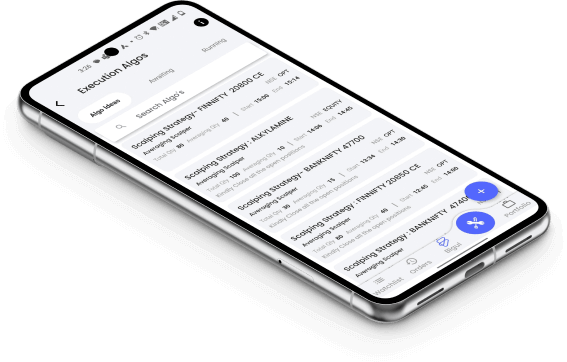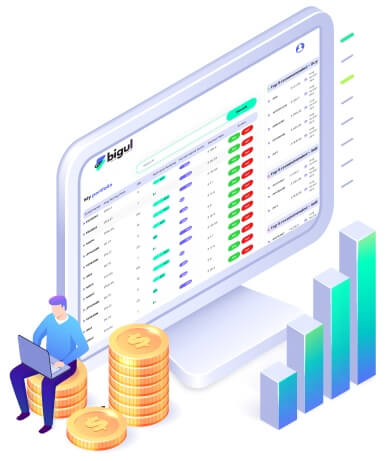Simply put, trading in stocks of the constituent members of the S&P BSE midcap index means buying these component stocks. How can I invest in them? Here’s how you can invest in them:
1. Open Demat and Trading Account
For you to be able to trade with shares, there is a need for having Demat accounts otherwise called depository accounts and trading accounts provided by brokers who are registered with stock exchanges. Your demat accounts keep your shares electronically while a trading Account will help you buy or sell them.
2. See Stocks Information
In this case you look at what is being offered by companies listed on the S&P BSE Mid-Cap Index, search through their financials and performance trends plus follow market news relating to them. This would enable you to make informed decisions regarding purchase or sale of stocks.
3. Make Your Trade
Once you have determined which stocks in particular are suitable for trading purposes, create an order using your trading account. Orders may either be made on a market basis (buying or selling against the available price) or based on limits (buying and selling in relation to set prices).
4. Keep Track of Your Investments
It’s important to check the overall health of your investment. To do this, regularly check back on your stock prices as well as observe how the entire S&P BSE Mid-Cap index behaves.
Moreover, one should bear in mind that investing on stock markets too involves risks hence it is necessary for one to carry out comprehensive investigations before making any investment decision and probably consult a licensed financial advisor. It should be noted that one cannot directly invest in an index although there are some mutual funds or Exchange Traded Funds (ETFs) tracking S & P BSE Midcap’s performance can also give exposure.















